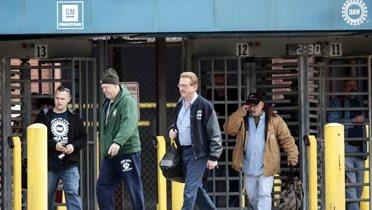In testimony before the Joint Economic Committee, Michael Greenstone discussed the need for expanded energy R&D investments to help combat our reliance on fossil fuels and promote our country’s future competitiveness in the global economy. The full testimony for the hearing, entitled “Promoting a Clean Energy Economy,” can be downloaded at the link above.
Thank you Chair Maloney, Ranking Member Brownback and members of the Committee for inviting me to testify today. I believe it is critically important that we give greater priority to new and better research and development (R&D) investments, to help ensure our country’s future competitiveness and to pave the wave for clean energy innovation.
I am grateful for the opportunity to speak today about two interrelated challenges that our country faces. The first is the stagnation in economic opportunity for many families that dates back at least three decades. The second is the economic, national security, and environmental risks posed by our continued reliance on fossil fuels. The key purpose of my testimony is to discuss how R&D can enable us to begin confronting these dual challenges by creating new jobs for American workers, and fundamentally altering the way we produce and consume energy.
I. CHALLENGE 1: UNITED STATES COMPETITIVENESS
Even before the Great Recession’s arrival, there were legitimate concerns about U.S. competitiveness. A recent study by my colleague David Autor, a professor at MIT, highlights the fact that since the 1980s, the American job market has become polarized between high-skilled, high-wage jobs and low-wage, low-skilled jobs. At the lower end of the labor market wages have stagnated or declined. Between 1979 and 2007, real earnings for high school graduates with no further education declined by 12%, and earnings for high school dropouts declined by 16%. During the same period, earnings for those with a college degree or better have increased by 10% to 37%.
At the same time, male labor force participation rates declined between 1979 and 2007 for all education levels, but especially among less-educated men. Employment to population ratios for high school dropouts and graduates declined by 12% and 10% respectively. In many cases, this detachment from the labor force reflects a judgment that individuals cannot earn enough to support their families.
The Brookings Institution is committed to quality, independence, and impact.
We are supported by a diverse array of funders. In line with our values and policies, each Brookings publication represents the sole views of its author(s).









Commentary
TestimonyThe Importance of Research and Development (R&D) for U.S. Competitiveness and a Clean Energy Future
July 27, 2010